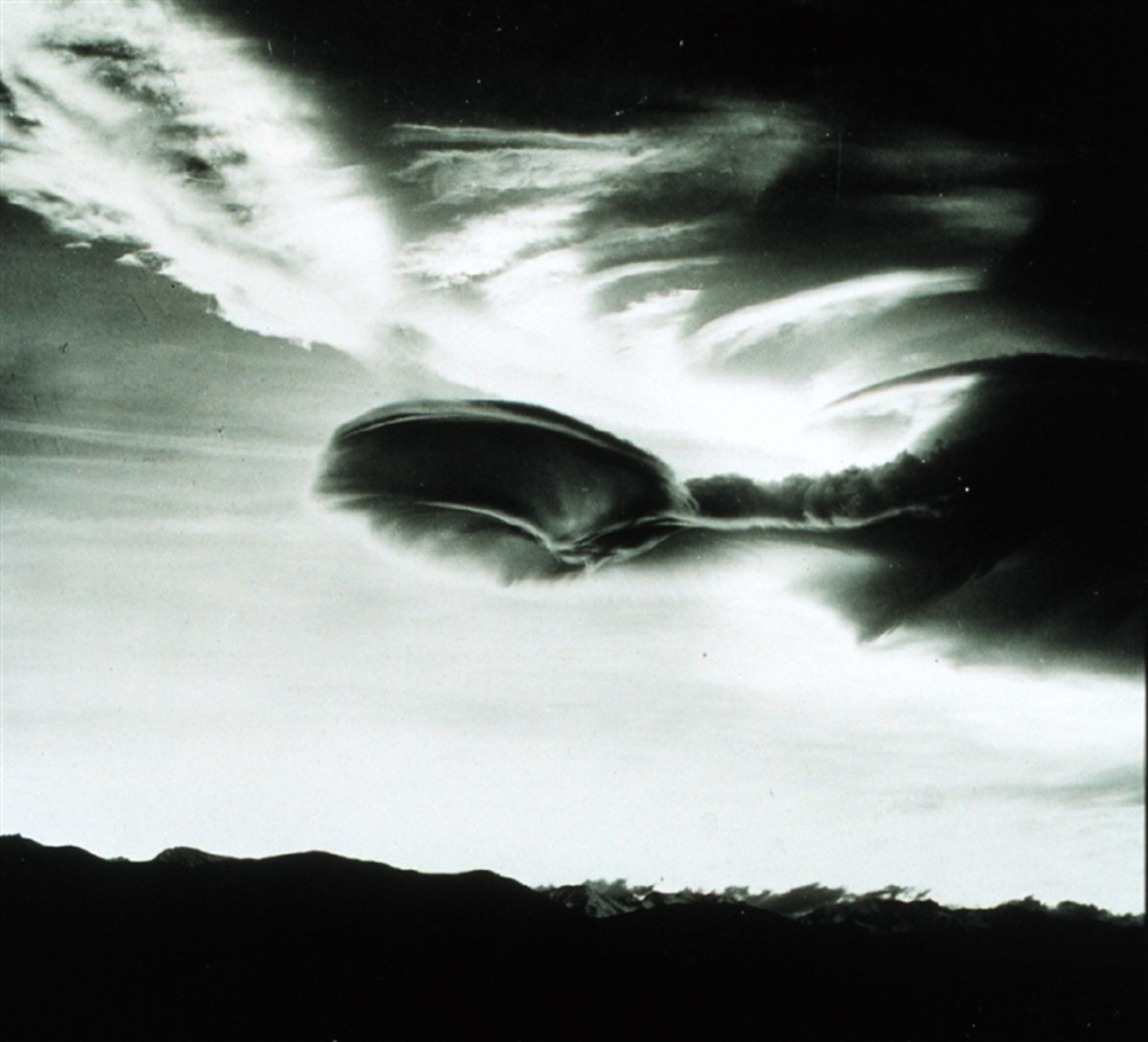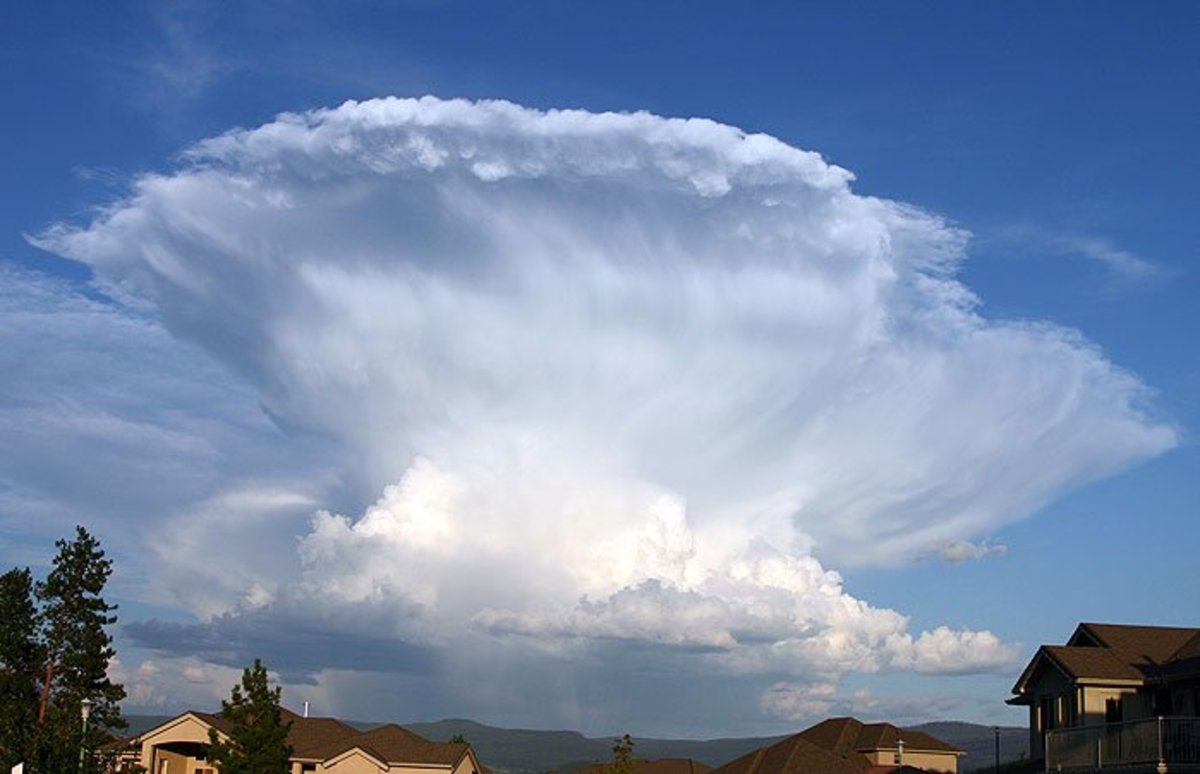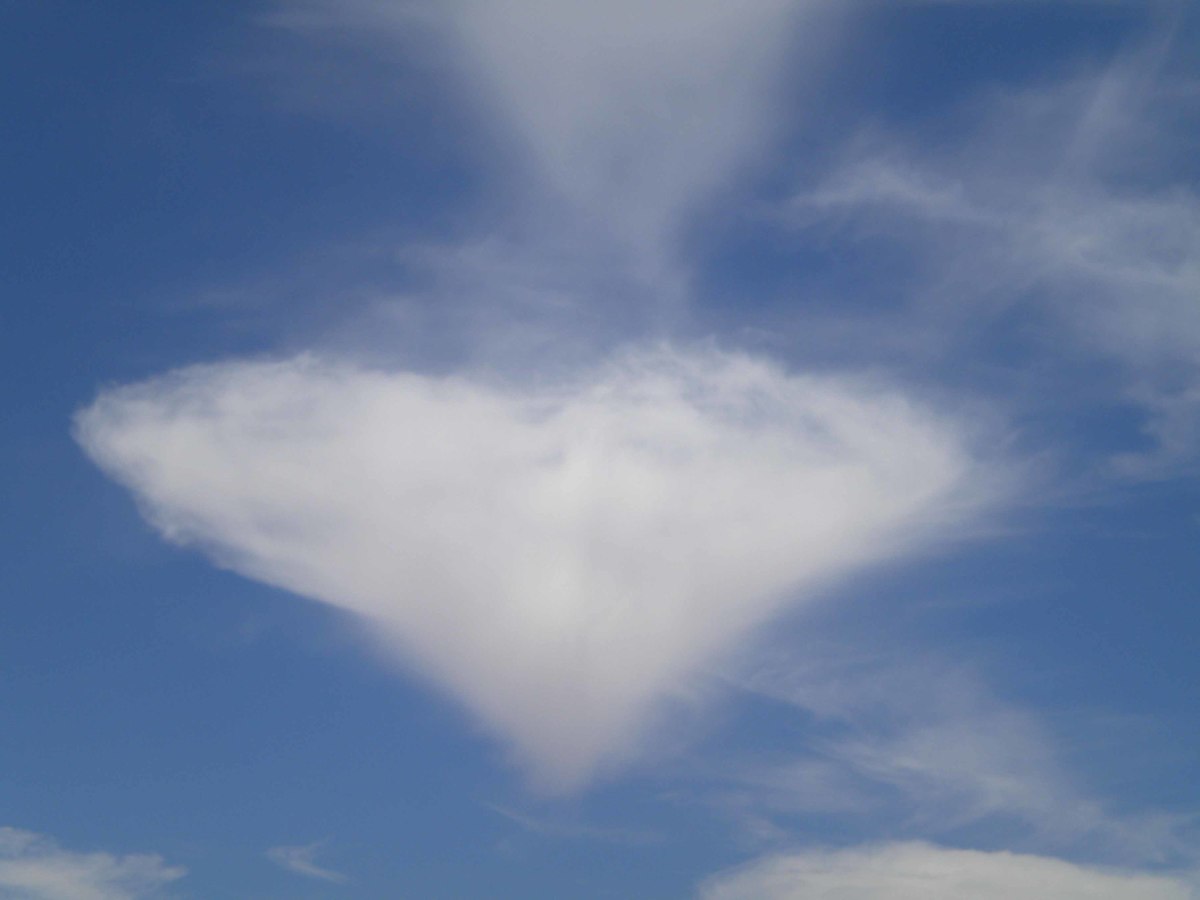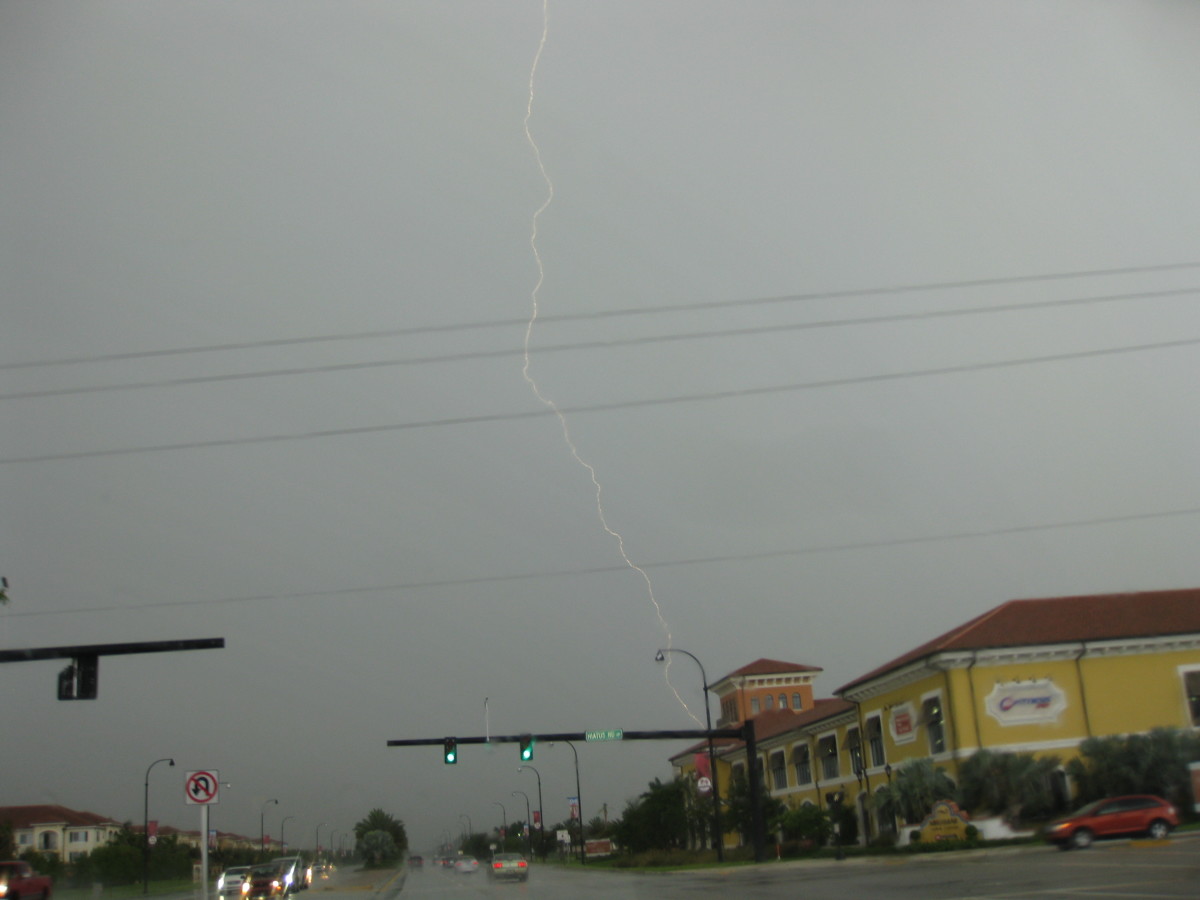What Are Clouds?
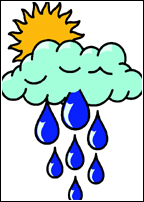
The four main types of clouds are:White clouds, grey clouds - always present in the blue skies. Resembling bits of cotton wool, they seem to race with you as you skip and play about in the garden.
On a warm, sunny day the white clouds appear, and smile with the sun - making your day even brighter. The dark, grey clouds turn up when the weather is cold - you feel miserable and sad, because then you can't play outside.
During windy weather the sandy dust blows about and whirls around trees, sending leaves scattering and bending boughs from side to side and up and down. While, high above, the blue skies are dotted with clouds that go racing hither and thither with the wind.
Clouds are fascinating to watch, but what are they actually? They are a formation of fog or mist that occur some distance above the earth's surface.
Warm air laden with moisture rises into the sky. When it reaches a certain height, the warm air cools down. Due to the cooler temperature, the air can no longer hold all its moisture in the form of water vapour. This extra moisture then changes into small drops of water to form clouds.
It is due to the air currents that clouds are kept up in the sky. Cloud formations occur at different heights above the earth.
The four main types of clouds are:
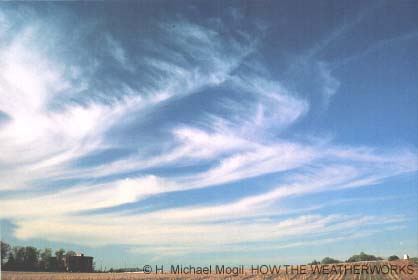
Cirrus Clouds
Cirrus clouds are thin, wispy clouds that usually form above 18,000 feet. These clouds are blown by strong westerly winds aloft into streamers known as "mares' tails" Cirrus clouds generally move from west to east across the sky and usually "point" to fair weather. Cirrus clouds form when water vapor undergoes deposition and forms ice crystals. Cirrus clouds are thin because they form in the higher levels of the atmosphere where little water vapor is present.
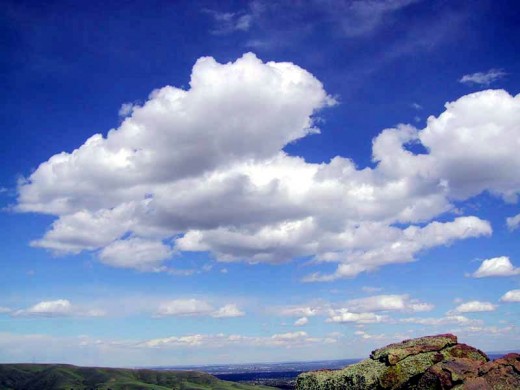
Cumulus Clouds
These clouds form above 18,000 feet and appear as small, rounded white puffs that are isolated or in long rows. When the white puffs are in rows, they give the cloud a rippling appearance that distinguishes it from a cirrus or a cirrostratus cloud. Cumulus clouds rarely cover the entire sky. The individual cloud elements that reflect the red or yellow light of a setting sun make this one of the most beautiful of all clouds.
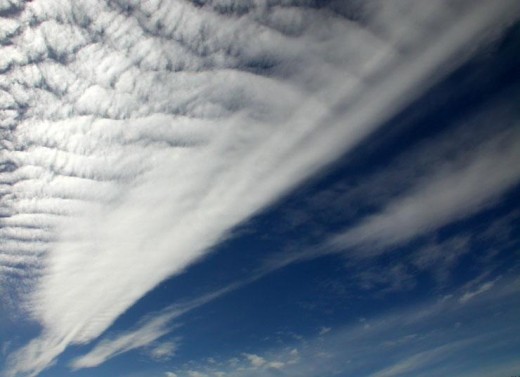
Stratus Clouds
These sheet-like, thin clouds form above 18,000 feet. Cirrostratus clouds are so thin that the sun and moon can be seen clearly through the cloud. Sometimes these clouds are so thin that the only clue to their presence is a halo around the sun or moon. Ice crystals in cirrostratus clouds bend the light rays from the sun or moon as they pass through the cloud, which forms the halo around the sun or moon. Thick cirrostratus clouds give the sky a bright white appearance and often signal rain or snow within 24 hours, especially if they are followed by mid-level clouds.
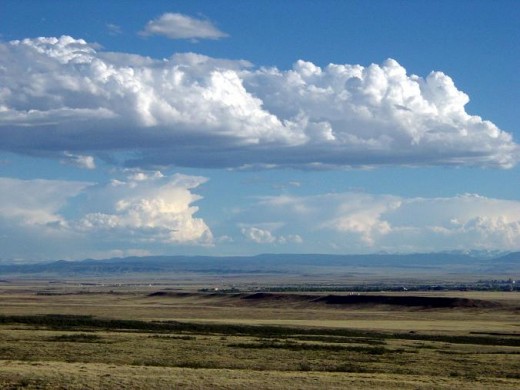
Nimbus Clouds
Nimbus is dark, fluffy, and looks thick. They are dark because they are full of water; they are ready to burst! If you see nimbus, you are in for rain soon. But, a really dark cloud means a thunderstorm is possible.
Clouds vary in shape, too. Look up and observe each one of them. What shapes and figures do you see?



